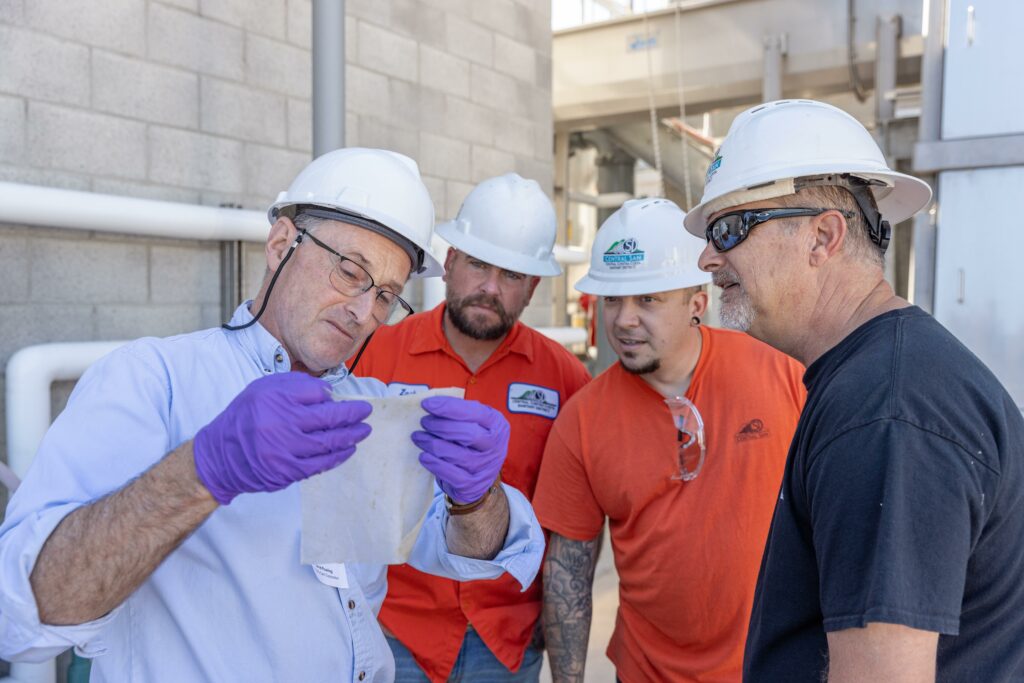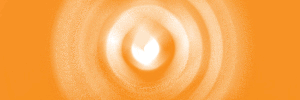What’s Clogging the Pipes? The Largest Sewage Collection Study Has the Answers
The California Association of Sanitation Agencies, the Responsible Flushing Alliance & the Association of the Nonwoven Fabrics Industry Release the Results of Their Collaborative Collections Study
SEATTLE, Wash. (April 4, 2024) – In accordance with California’s Proper Labeling of Wet Wipes law (AB 818), state wastewater agencies and industry experts went deep to find out exactly what is passing through—and clogging up—municipal wastewater systems. Today, the Responsible Flushing Alliance (RFA) alongside the California Association of Sanitation Agencies (CASA) and the Association of the Nonwoven Fabrics Industry (INDA) release the results from the largest known domestic sewage collection study conducted to reveal what’s really being flushed down the drain – and shouldn’t be.
“We took a forensic approach to this collection study, engaging industry and wastewater experts to examine our findings and determine what exactly is being flushed and how much of it,” said Adam Link, Executive Director at CASA, a co-sponsor of the Proper Labeling of Wet Wipes Law. “Now that we have the data to see what Californians are flushing and the types of non-flushable items that are causing issues within wastewater systems, local agencies can refine their public outreach and messaging to target specific problems and educate more efficiently.”
Collection and material investigation took place in October 2023 at two locations: Inland Empire Utilities Agency (IEUA) in Southern California and Central Contra Costa Sanitary District (Central San) in the greater San Francisco Bay Area in Northern California. Wastewater and wipes experts collected, sorted and identified more than 1,700 items pulled from the two locations during peak flow times. Kennedy Jenks, an independent engineering firm, designed the study and compiled the findings into the report.
Why Study What’s Being Flushed?
When products that aren’t meant to be flushed down the toilet wind up in the sewer system, it can cause serious threats to public and environmental health. In fact, estimates show that local public agencies throughout California (and the ratepayers they represent) are spending more than $47 million annually to repair wastewater treatment equipment and respond to sewer overflows caused by improper flushing.1
“Part of keeping communities healthy requires not flushing things we shouldn’t,” said Lara Wyss, President of the RFA. “However, the data to support which non-flushable items to target as part of education campaigns has been lacking. That’s likely why when we surveyed Californians about what they are flushing, the results revealed that approximately 25% think baby wipes are flushable (which is never true) and 60% self-reported that they flushed something they knew they shouldn’t have.2 Our study results reinforce that finding, as more than 99% of materials collected were items that shouldn’t have been flushed.”
So, What’s Being Flushed? And What Does That Tell Us?
The breakdown of items collected from pipes at the two study locations included:
- 34.1% wipes labeled with the “Do Not Flush” symbol (baby wipes, cleaning wipes, makeup wipes, etc.)
- 64.9% other non-flushable items (paper towels, period products, trash, etc.)
- 0.9% wipes labeled as flushable
“We pulled material larger than 1-inch square directly from the bar screens, and it wasn’t until everything was sorted and identified that we could see what we actually had,” said Matt O’Sickey, Director of Education and Technical Affairs, INDA. “There were a lot of paper towels and baby wipes and all of the ‘Do Not Flush’ labeled wipes we collected were fully intact, showcasing why they should never be flushed.”
What Not to Flush—and How We Tell Consumers
According to the Proper Wet Wipes Labeling law, manufacturers of non-flushable wipes, including products such as baby wipes, cleaning wipes, makeup removal wipes and many others that are primarily used in a bathroom setting must include the “Do Not Flush” symbol on the front of the packaging.
The #FlushSmart consumer education campaign promotes the “Do Not Flush” symbol and provides information on what should and should not be flushed. The message shared with consumers is simple: Look for the “Do Not Flush” symbol on wipes packaging, and if you see it – throw the wipe out. Extrapolating from the results of this study, refraining from flushing “Do Not Flush” labeled wipes, paper products and feminine hygiene products would capture over 90% of items clogging sewers.
To view the full study, visit https://www.flushsmart.org/myth-vs-fact/, and to learn more about responsible flushing, visit https://www.flushsmart.org/.
About California Association of Sanitation Agencies
CASA represents more than 135 local public agencies engaged in the collection, treatment and recycling of wastewater and biosolids to protect public health and the environment. Our mission is to provide trusted information and advocacy on behalf of California clean water agencies, and to be a leader in sustainability and utilization of renewable resources.
About Responsible Flushing Alliance
The Responsible Flushing Alliance (RFA) is a 501(c)(6) non-profit organization dedicated to consumer education focused on what not to flush. RFA’s goal is to change consumer behavior to help reduce damage to our nation’s sewage systems caused by objects and materials not designed to be flushed. For more information, visit https://www.flushsmart.org or on Facebook, TikTok, Instagram, and X.
About INDA
Founded in 1968, INDA member companies represent the entire nonwovens value-chain. From raw materials and roll goods producers, to machinery manufacturers and converters, to brand owners, we work each day to fulfill our mission of “fostering member and industry success through its activities.” We do this by providing thought-leadership in Innovation & Technology through conference content, recognition awards and industry reports; protecting markets that are important to our members through focused Product Stewardship; advocating for industry sectors impacted by regulatory or consumer driven issues; organizing face-to-face interaction through industry expositions and events to facilitate the advancement of each participant’s interests; recruiting, educating and training industry members through strengthened outreach and broadening of on-site and on-line courses relevant to experience levels and market segments; and enhancing access to new markets through international activities.
About Kennedy Jenks
Kennedy Jenks is a leading water and environmental engineering firm that serves public agencies and private-sector clients with over 475 employees nationwide. The employee-owned firm delivers innovative design, construction, and technology solutions for water and environmental projects across the United States.
Contacts
Lara Wyss, RFA, lara@flushsmart.org
Alyssa Downs, CASA, adowns@casaweb.org
Misty Ayers, INDA, mayers@inda.org
Kennedy/Jenks, media@kennedyjenks.com
Note: See the May-June issue of the International Fiber Journal (https://www.fiberjournal.com/flush-right/) for an in-depth interview of Matt O’Sickey, Director of Education & Technical Affairs, INDA, and Lara Wyss, President, RFA.



